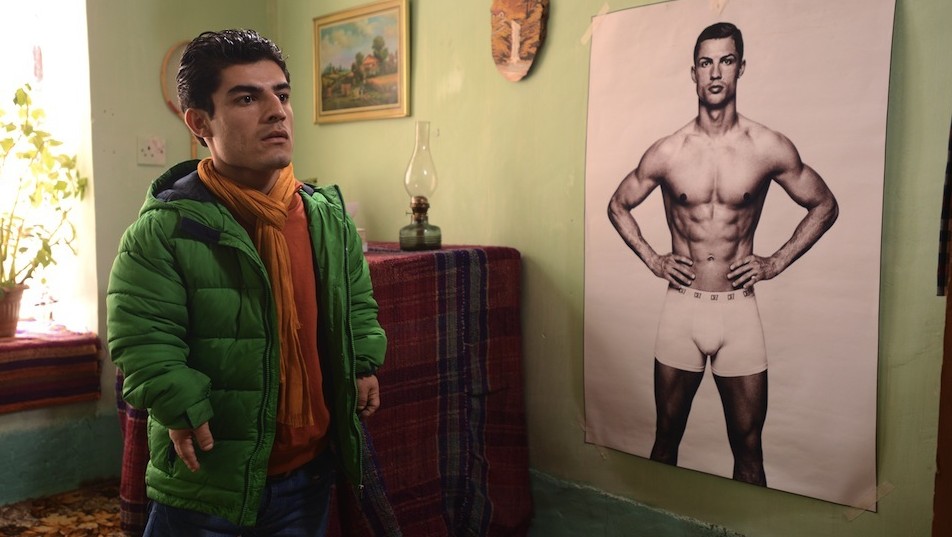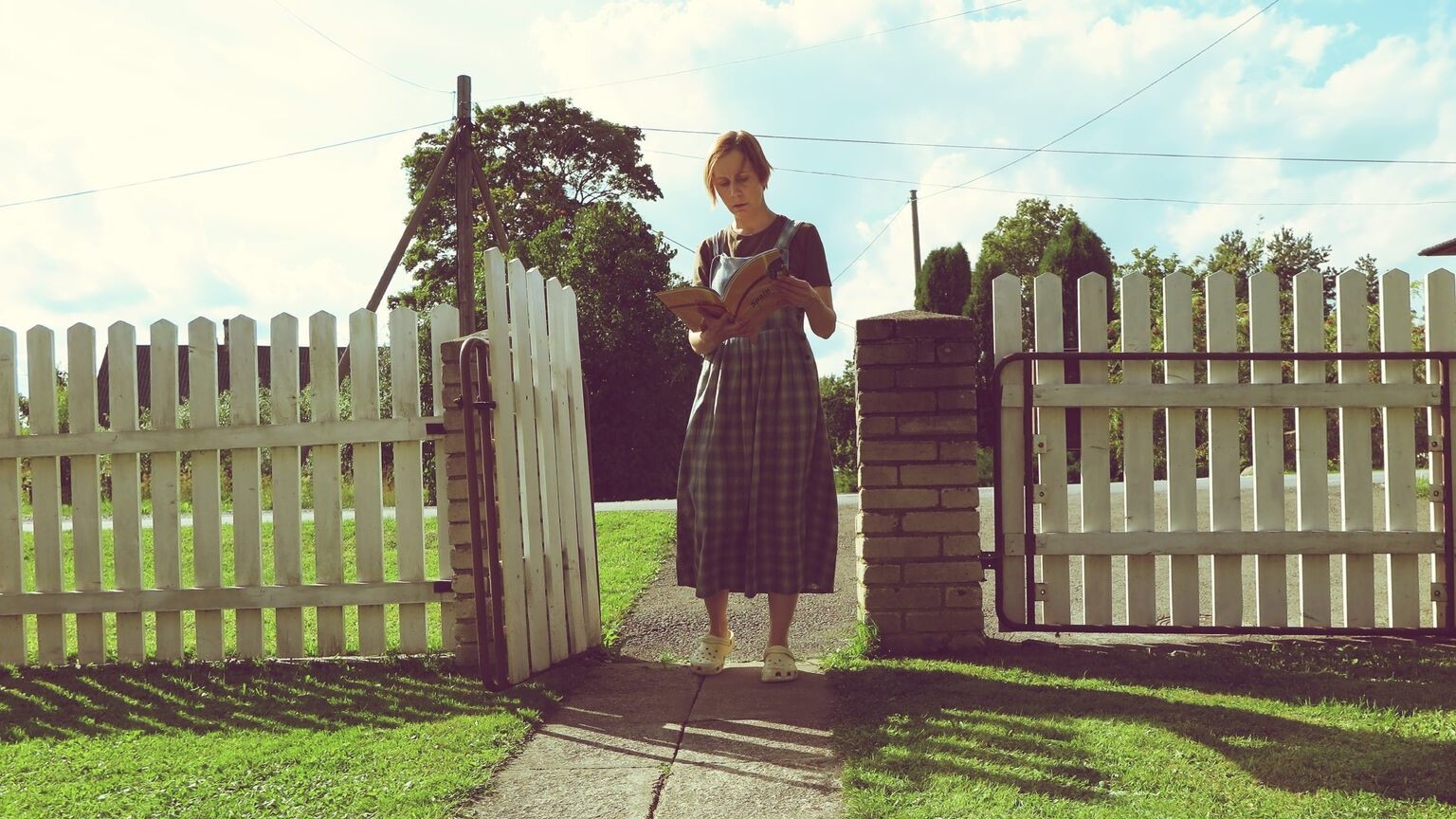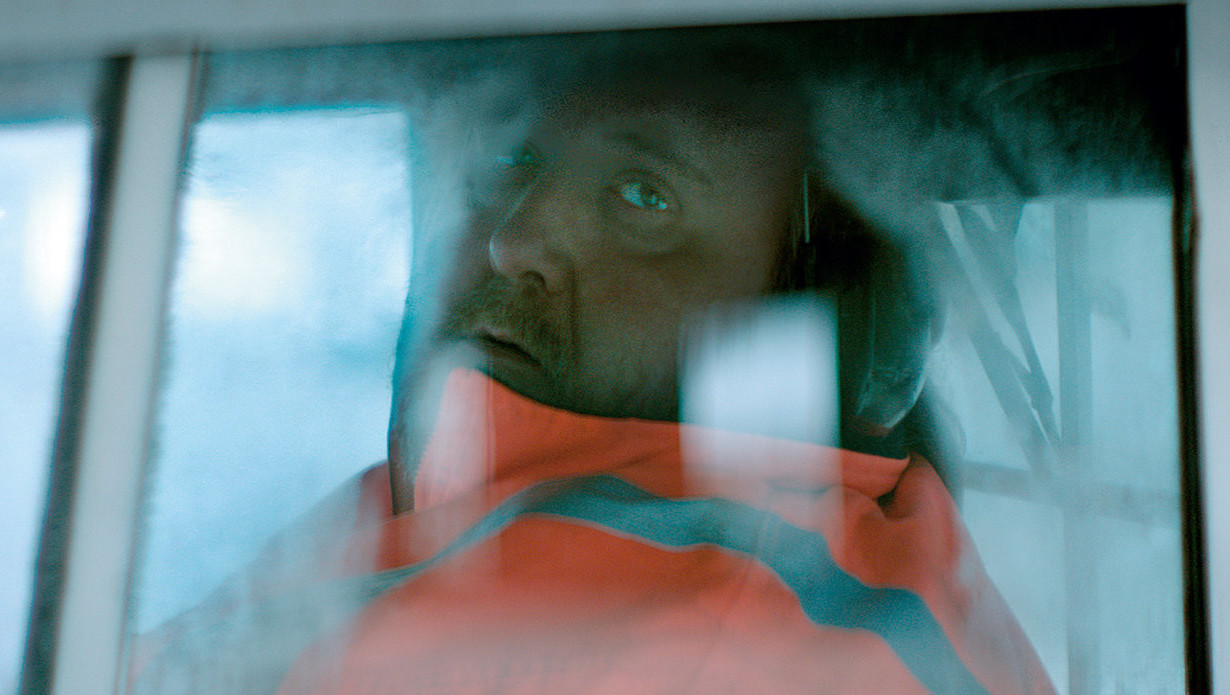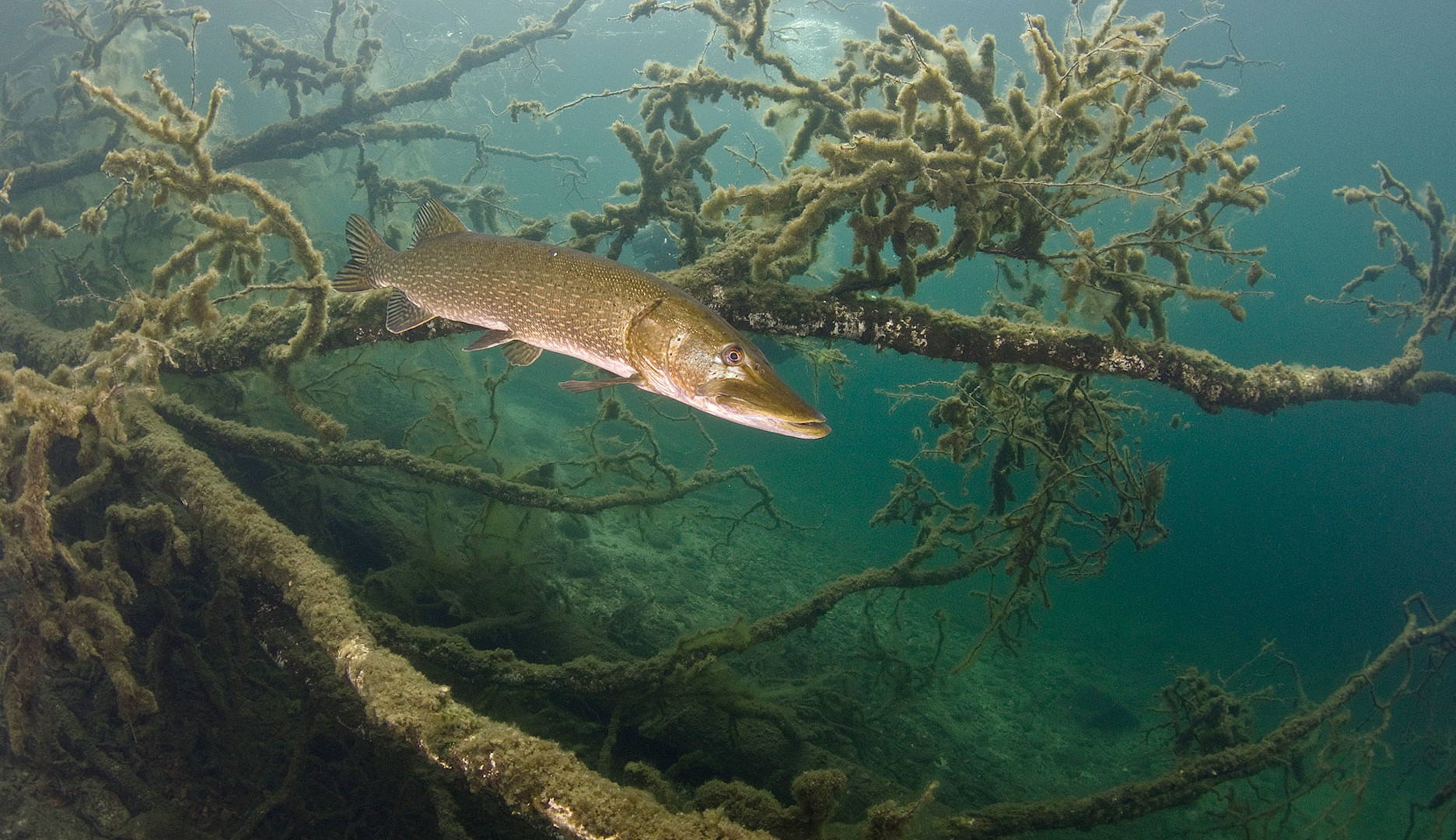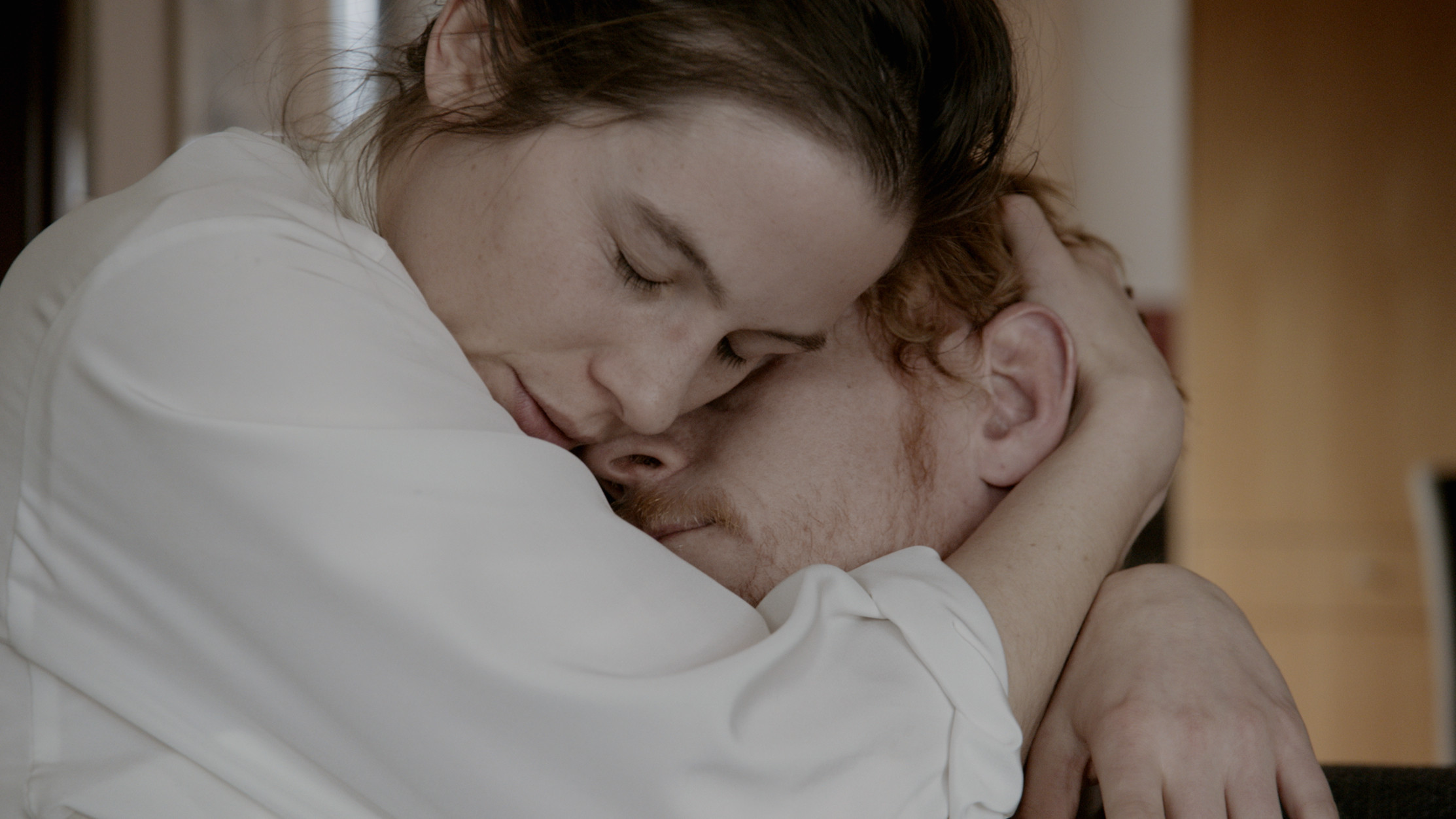
NORDIC HIGHLIGHTS
Created in collaboration with the embassies of Norway, Sweden, Denmark, Finland, as well as the Nordic Council of Ministers' Office in Latvia and the Danish Cultural Institute in Estonia, Latvia and Lithuania, this is a panorama of a special kind of cinema that is the Nordic way of making films, telling a story, painting a picture, singing a song. To some of us it's exotic, to others it makes us feel more at home than we probably should, but these stories are always deeply touching something very human inside all of us. The North is really much closer than one might think.
The successful operator of a Kurdish teahouse in Iraq, Alan (Wrya Ahmed) is a little person with soulful eyes, cheekbones like Michelangelo’s David, and a brave heartful of pluck. He has his sights set on a pretty girl in his village and plans to build her the biggest house in town, where they can raise 10 children.
This small town crime story in the pastel tones of modern retro offers recognition and bitter humour. “Mother” is a thrilleresque story about rash decisions made in the name of dreams that will have haunting consequences for some time to come. The film focuses on a woman whose adult son has fallen into a coma after being shot. Taking care of him at home, she has to face a whole town trying to solve the puzzle of what exactly happened. But in a small town, where everyone knows everyone and everything except for what’s right under their nose, the world’s clumsiest crime may go unsolved.
Somewhere in Sweden, a gigantic dumpster breaks free from a heavy chain suspended underneath a big helicopter. The dumpster hits the ground with a formidable crash and the garbage spouts out into the surroundings. Meanwhile, an aging Roma woman wakes up in her house with an extremely strong desire to get her old wall clock back. The clock has been at the clockmaker’s for over a year, and now the old woman intensely feels that it needs to come home.
It tells the story of a man in his 40s who lives with his mother and works as ground staff at a nearby airport. He is involved in recreating battlefields on tabletop in his spare time including listening to radio and enjoying meals. On his 42nd birthday Fúsi gets a break from his daily routines when he is enrolled in a dance class.
The story of the film is told through tales that are based around the myths, legends and old beliefs that are part of the Finnish mythology. The first-person narrator, who is the main character of the story, is the daughter of Ahti and Vellamo, the god and goddess of the sea. She is Ahitar, the maiden of water. This sea maiden is a spirit born in a spring who has her own tale in the Finnish mythology. There are five acts in the story, and the different times of year follow the different acts.
Erik, a lecturer in architecture, inherits his father’s large old house in Hellerup, north of Copenhagen. His wife Anna, a well-known television newscaster, suggests that they invite their friends to come and live with them. In this way she hopes to evade the boredom that has begun to seep into their marriage.
In the family’s ancestral home, Esther, a strong and steadfast high-school teacher (now retired), and her husband Poul, a reasoned and rational doctor (also retired), are waiting for their guests. The first to arrive are Heidi (their controlling eldest daughter) with her browbeaten husband Michael and their sullen teenage son, Jonathan. Heidi is clearly a “daddy’s girl,” and she openly seeks her father’s consolation. We soon learn that, a few months before, the family had promised to help Esther, who is suffering from an advanced case of amyotrophic lateral sclerosis (ALS), to commit suicide.
Maria is a young and caring nurse who wants to break free. Niels is an incurable patient who wants to travel to Switzerland to commit assisted suicide. Together they embark on an intense journey that will bring them closer to each other but also closer to their dreams.
